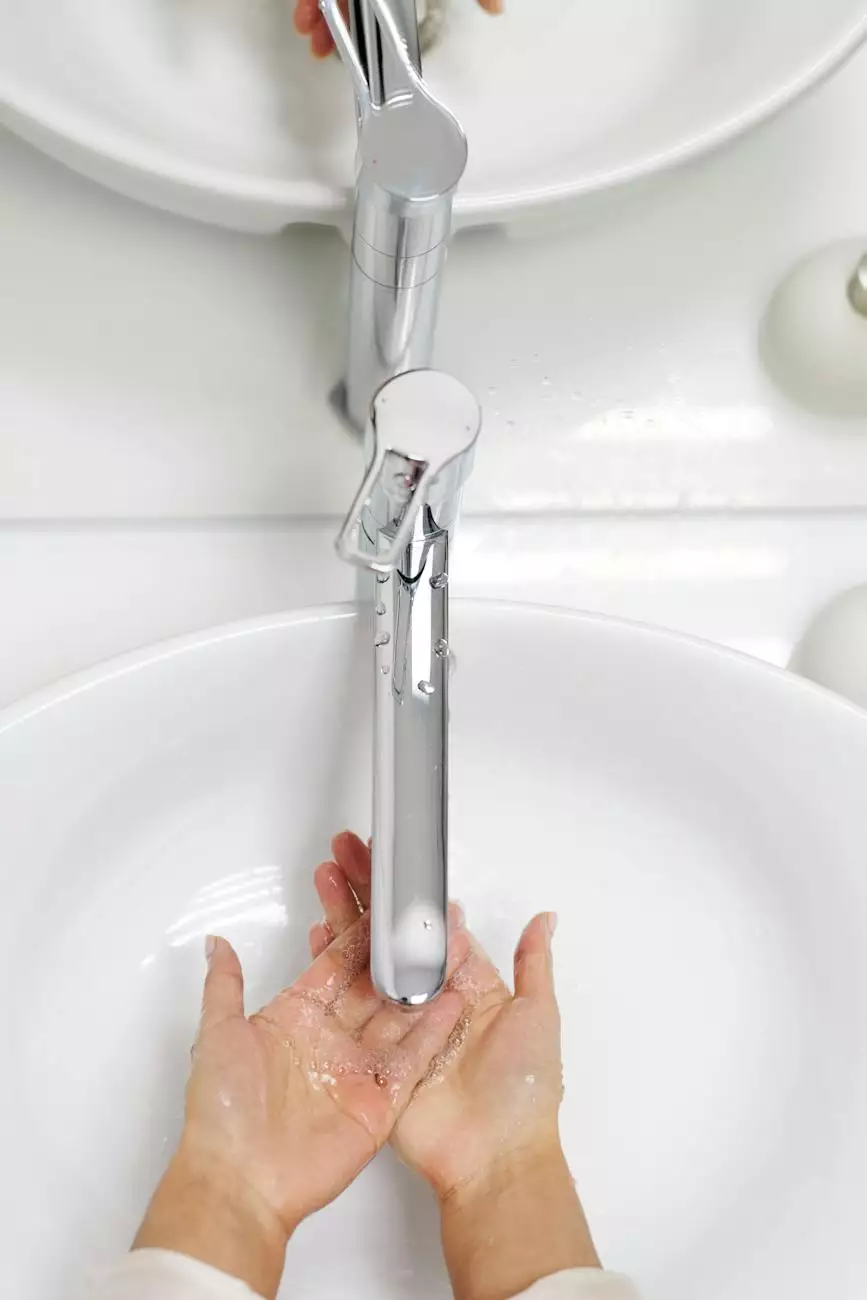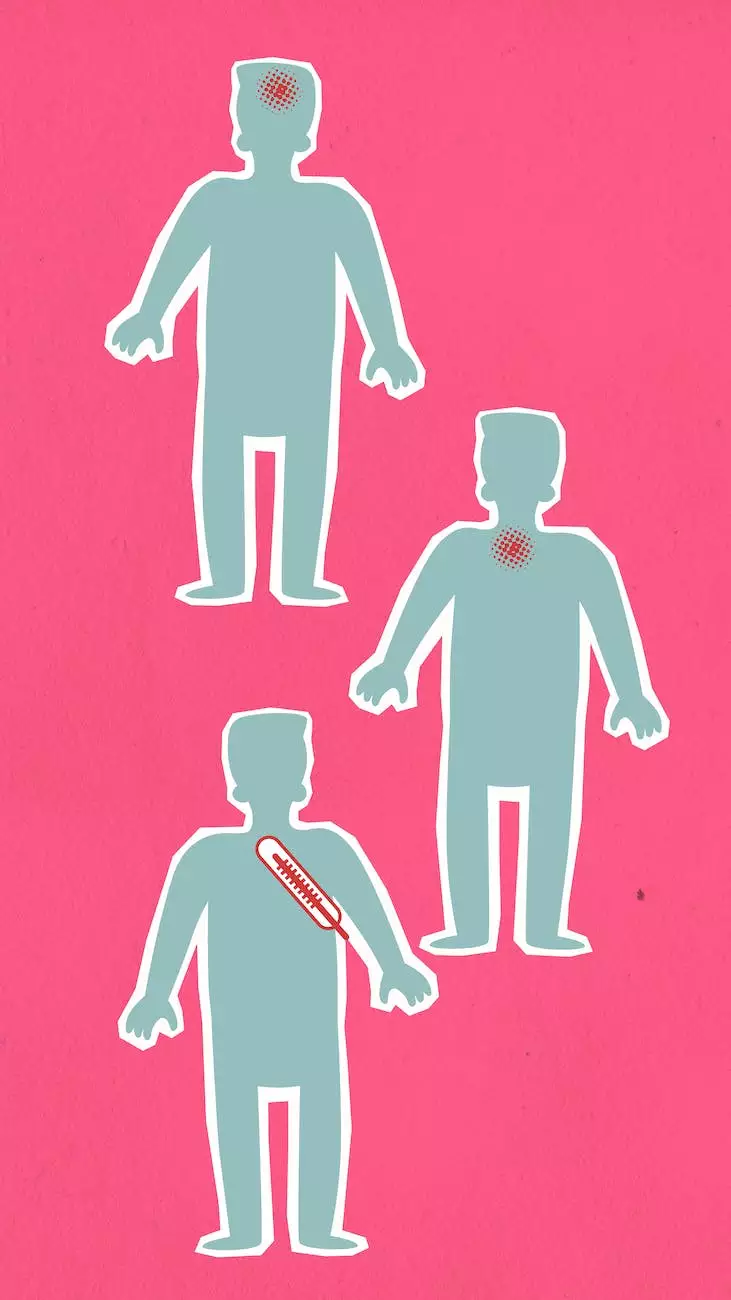How to Properly Wash Your Hands
Blog
Introduction
Welcome to the informative guide on how to properly wash your hands, brought to you by Richard Martinez, MD in Campbell, CA. Hand hygiene plays a crucial role in maintaining good health and preventing the spread of germs. In this comprehensive article, we will discuss the importance of handwashing, step-by-step instructions, and expert tips to ensure you are effectively cleaning your hands.
Why Handwashing Matters
Handwashing is one of the simplest yet most effective ways to protect yourself and others from getting sick. Our hands come into contact with numerous surfaces throughout the day, accumulating germs from objects, people, and even our own body. By washing your hands, you remove these harmful microorganisms, reducing the risk of infections and diseases.
Step-by-Step Guide to Proper Handwashing
Follow these steps to ensure you are thoroughly washing your hands:
- Wet: Start by wetting your hands with clean, running water. Adjust the temperature to a comfortable level.
- Lather: Apply a sufficient amount of soap to create a good lather. Be sure to cover all surfaces, including the backs of your hands, between your fingers, and under your nails.
- Scrub: Rub your hands together vigorously for at least 20 seconds. Pay special attention to the fingertips and thumbs, as these areas are commonly missed.
- Rinse: Rinse off the soap with clean, running water. Make sure to remove all soap residue to prevent skin irritation.
- Dry: Thoroughly dry your hands using a clean towel or air dryer. Ensure that your hands are completely dry, as moist hands can quickly harbor bacteria.
Tips for Effective Handwashing
To maximize the effectiveness of your handwashing routine, consider the following tips:
- Duration: Aim to wash your hands for at least 20 seconds. Singing the "Happy Birthday" song twice can help you keep track of time.
- Frequency: Wash your hands regularly, especially before eating, after using the restroom, after touching potentially contaminated surfaces, and when caring for someone who is ill.
- Proper Technique: Ensure you are cleaning all areas of your hands, including the wrists and fingernails. Scrub thoroughly using moderate pressure.
- Soap Selection: Use a mild, fragrance-free soap that is suitable for your skin type. Avoid harsh antibacterial soaps unless advised by a healthcare professional.
- Moisturize: After washing, apply a moisturizing lotion to prevent your skin from drying out. Choose a product that is non-greasy and quickly absorbed.
Conclusion
By following the proper handwashing techniques outlined in this guide, you can protect yourself and others from harmful germs. Richard Martinez, MD encourages regular hand hygiene practices to maintain optimal health. Make handwashing a habit and prioritize your well-being. For more information or to schedule a consultation, contact Richard Martinez, MD in Campbell, CA.




